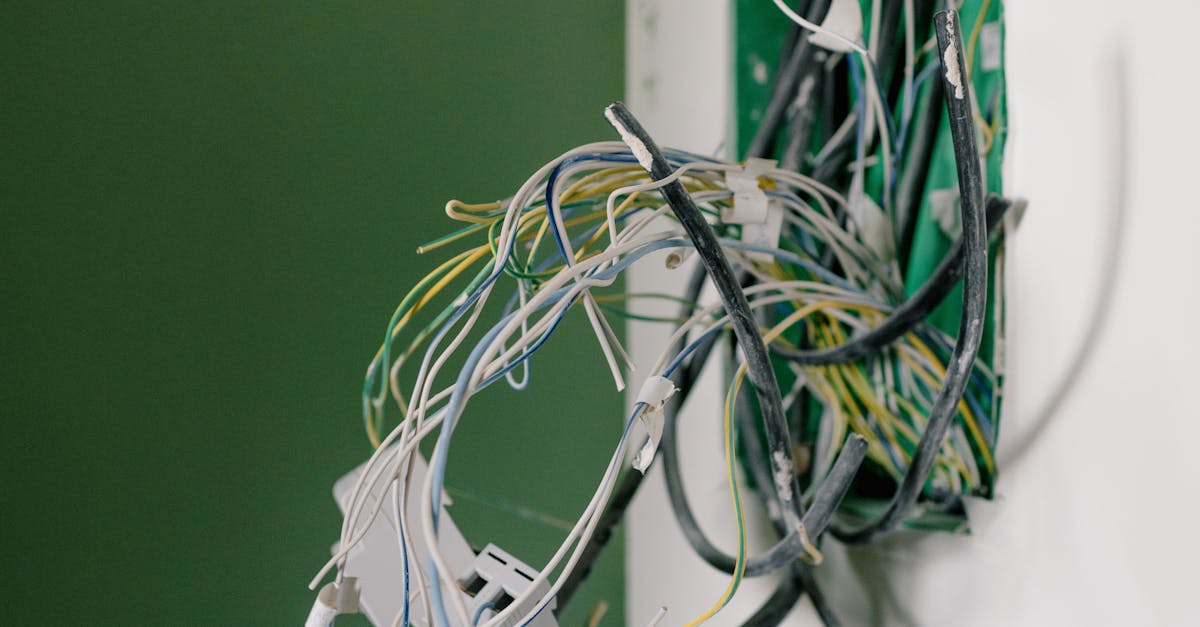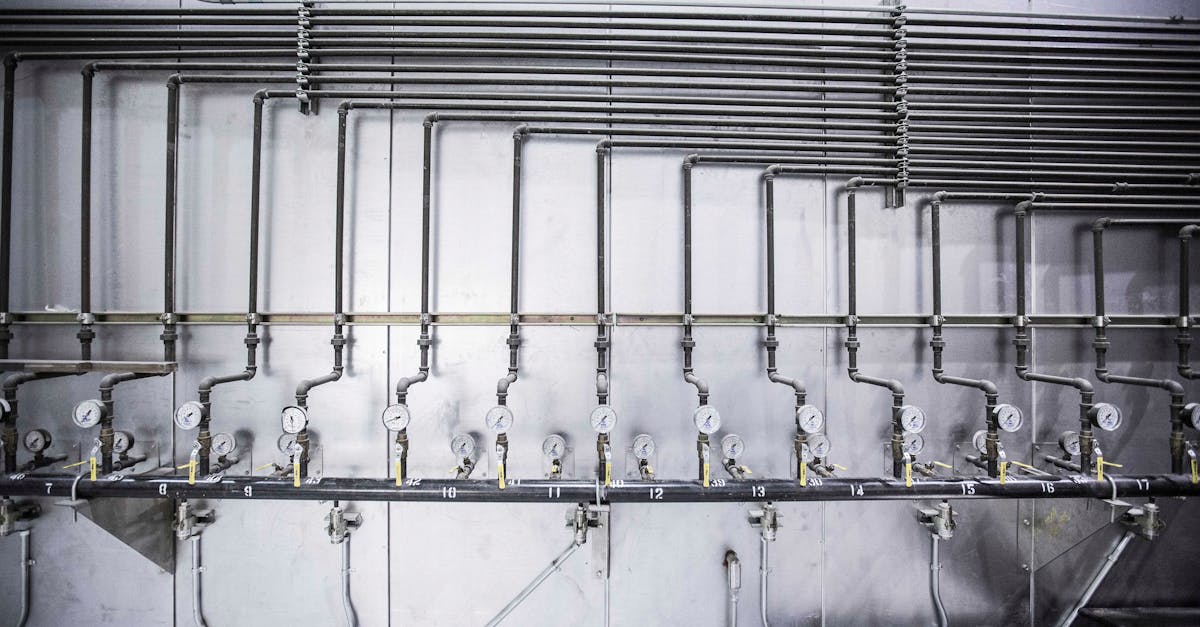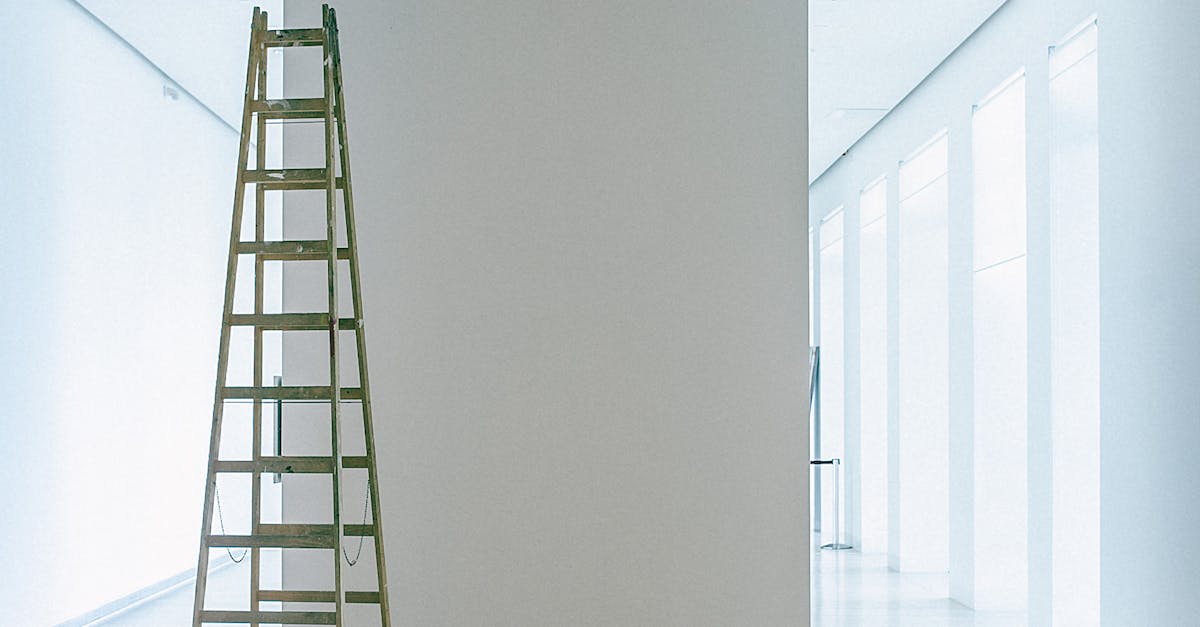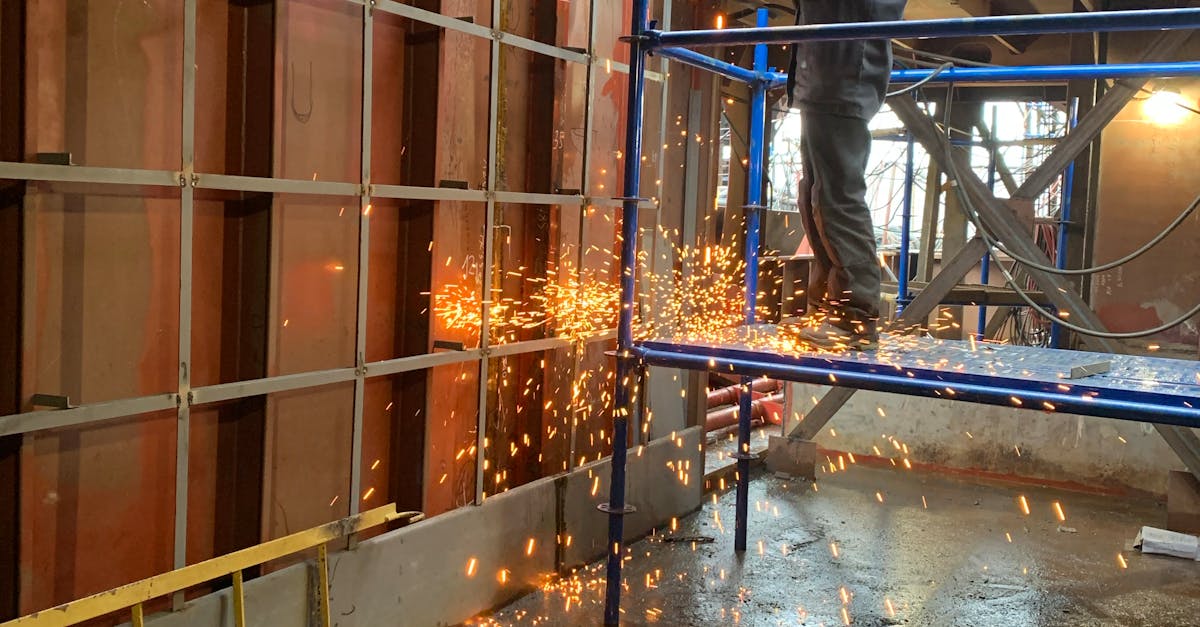
Table Of Contents
Sealing a Cracked Shower Base
A commonly encountered issue in shower installation and repair is a cracked shower base. Over time, these cracks can develop due to the constant exposure to water and pressure. To address this problem effectively, one method is to seal the crack using epoxy. Epoxy is a durable and waterproof substance that can help prevent further damage and leakage.
Begin by thoroughly cleaning the cracked area to ensure the epoxy adheres properly. Next, apply the epoxy generously over the crack, making sure to fill it completely. Allow the epoxy to dry according to the manufacturer's instructions before testing the shower base for any signs of leakage. Sealing a cracked shower base with epoxy can extend the lifespan of your shower and prevent more significant issues in the future.
Using Epoxy to Seal the Crack
Using epoxy to seal a crack in a shower base is a common method to address leaks and prevent further damage to the area. Before applying the epoxy, it is crucial to clean the cracked area thoroughly to ensure proper adhesion. Make sure the surface is dry and free from any debris or moisture.
When applying the epoxy, carefully follow the manufacturer's instructions for the best results. Typically, you will need to mix the epoxy components together and apply it to the crack using a putty knife or applicator. Allow the epoxy to cure completely before using the shower again to ensure a strong and durable seal. Remember that while epoxy can be an effective solution for minor cracks, larger issues may require professional assistance. Shower installation and repair should always be approached with care and attention to detail to maintain the functionality and longevity of your shower.
Repairing a Faulty Shower Diverter
Repairing a faulty shower diverter is a common issue that homeowners may encounter. When the diverter fails to direct water to the showerhead properly, it can be frustrating and affect the overall shower experience. To address this problem, it is essential to understand the components of the diverter and how to troubleshoot potential issues that may arise.
Shower installation and repair professionals recommend starting by checking for any blockages or debris that may be hindering the diverter's functionality. If the issue persists, it may be necessary to replace the diverter valve or seek professional assistance to ensure proper repair. By addressing faulty shower diverters promptly, individuals can maintain a functional and enjoyable shower experience in their homes.
Troubleshooting Common Diverter Issues
When encountering issues with your shower diverter, it is essential to troubleshoot common problems promptly to ensure optimal functionality. The diverter is a crucial component of your shower installation and repair; therefore, addressing any malfunctions is vital for a pleasant shower experience. Common diverter issues may include leaks, improper water distribution between the showerhead and faucet, or difficulty in switching between different water outputs.
When facing leaks, check for worn-out washers, loose components, or damaged seals within the diverter. Sometimes, a simple tightening of the screws or replacing the damaged parts can resolve the leakage problem. If the diverter fails to direct water flow appropriately, ensure there are no blockages impeding the water path. Regularly cleaning the diverter to remove any mineral build-up can help maintain its efficiency. By addressing these common diverter issues promptly, you can ensure a smooth and uninterrupted shower experience in your daily routine.
Fixing Low Water Pressure
Low water pressure in your shower can be a frustrating problem that affects your daily routine. If you're experiencing weak water flow, there are a few common solutions to address this issue. Firstly, check for any mineral buildup or debris in your showerhead that may be restricting water flow. Detach the showerhead and clean it thoroughly to remove any blockages that could be hindering water pressure.
Another factor to consider when dealing with low water pressure is the state of your shower installation and repair. Inspect the water supply pipes leading to your shower to ensure they are not damaged or clogged. Sometimes, old or corroded pipes can restrict water flow, leading to decreased pressure. If you notice any issues with the pipes, it may be necessary to replace them to improve the water pressure in your shower.
Solutions to Improve Water Flow in the Shower
When experiencing low water pressure in your shower, it can be a frustrating and unwelcome issue. There are several steps you can take to improve the water flow and enhance your shower experience. Firstly, check the showerhead for any clogs or build-up that may be restricting water flow. Often, mineral deposits can accumulate over time and hinder the flow of water. Soaking the showerhead in vinegar can help dissolve these deposits and restore proper water flow.
Additionally, consider installing a new showerhead designed to increase water pressure. There are various options available on the market that can provide a more powerful and invigorating shower experience. Shower installation and repair professionals can also assess your plumbing system to identify any underlying issues that could be causing low water pressure. By addressing these issues promptly, you can enjoy a rejuvenating shower with optimal water flow.
FAQS
Can a cracked shower base be repaired?
Yes, a cracked shower base can be repaired by sealing the crack using epoxy or other sealants designed for bathroom fixtures.
How can I seal a cracked shower base?
You can seal a cracked shower base by using epoxy specifically designed for shower repairs. Make sure to thoroughly clean and dry the area before applying the epoxy for better adhesion.
Is it possible to repair a faulty shower diverter?
Yes, a faulty shower diverter can be repaired by troubleshooting common issues such as leaks or blockages. In some cases, the diverter valve may need to be replaced altogether.
What are some common issues with shower diverters?
Common issues with shower diverters include leaks, loss of water pressure, or the diverter getting stuck in one position. These issues can often be resolved by cleaning or replacing the diverter valve.
How can I fix low water pressure in my shower?
To fix low water pressure in your shower, you can try cleaning the showerhead, checking for any clogs in the pipes, or installing a water pressure booster. Additionally, ensuring proper water flow to the shower can also improve water pressure.


